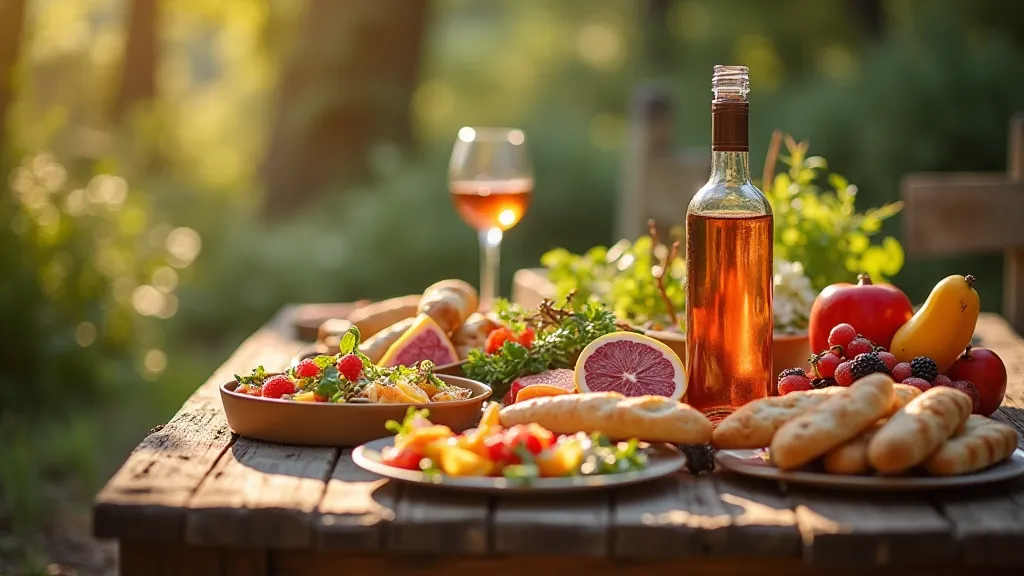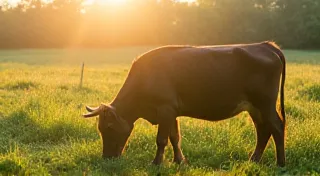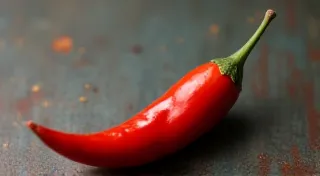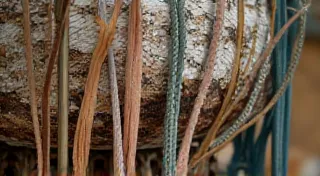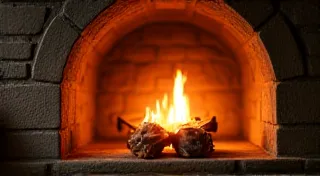The Lavender Fields' Kiss: Provence's Herb-Infused Cuisine and the Essence of Summer
The scent. That’s the first thing that truly captures the essence of Provence. It's not merely the visual spectacle of lavender fields stretching to the horizon, though that is breathtaking. It's the air itself, thick with the heady aroma of herbs – rosemary, thyme, oregano, savory – woven with the subtle sweetness of ripe peaches and the sun-baked warmth of stone. This isn’t just a region; it's a sensory experience, a feeling, a story told through flavor. And that story is deeply intertwined with the region's unique food traditions, a cuisine born from the land and shaped by centuries of history.
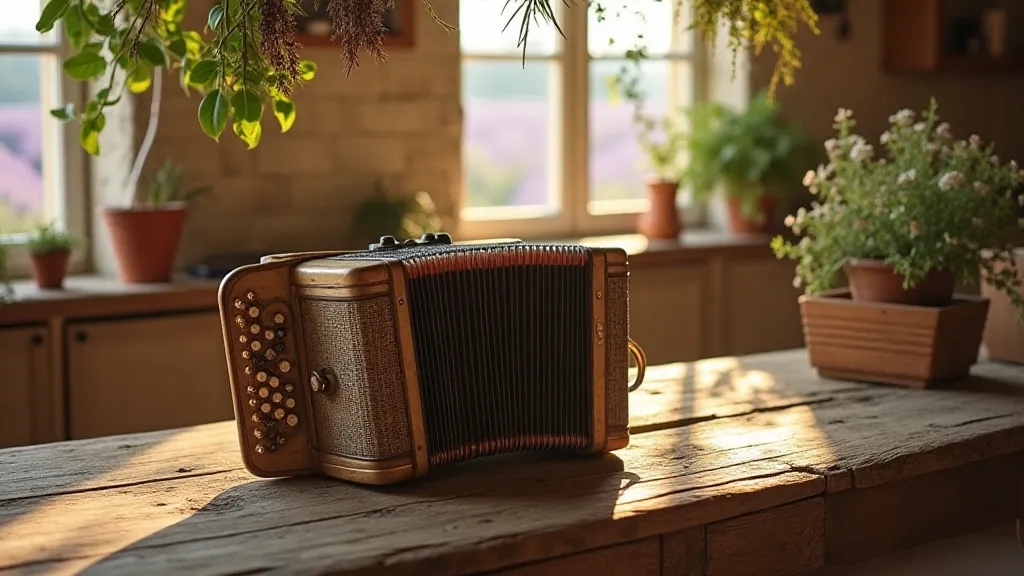
A Land Shaped by History and Influence
Provence’s cuisine isn’t born in a vacuum. Its vibrant character is the result of a fascinating cultural tapestry. The Romans, with their love for olives, grapes, and garlic, left an indelible mark. Following them, the Moors introduced saffron, almonds, and citrus fruits, adding exotic notes to the evolving palate. Then, the influence of Italian traders, particularly from Genoa and Venice, brought with them techniques and ingredients that further enriched the culinary landscape. The French royal court's fondness for the region and its produce ensured its continued prosperity and celebrated its distinctive flavors. Each wave of influence didn't erase what came before; instead, it blended, creating something entirely new and remarkably delicious.
The Heart of Provençal Cooking: Herbes de Provence
When we speak of Provençal cuisine, "Herbes de Provence" inevitably comes to mind. This isn’t a single herb, but a blend – a carefully guarded secret passed down through generations. The specific composition varies from family to family, but it typically includes thyme, rosemary, savory, oregano, marjoram, and sometimes lavender. The quality of the herbs is paramount; they must be sun-dried, retaining their essential oils and aromatic intensity. The best are those that capture the very soul of the Provençal landscape. The scent alone is enough to transport you to a sun-drenched hillside, the cicadas buzzing in the background.
There’s a similar reverence applied to olive oil. Provençal olive oil is often fruity and peppery, a testament to the unique terroir. It's used liberally, not just as a cooking medium, but as a finishing touch, drizzled over salads, vegetables, and grilled meats. A good olive oil is a cornerstone of the Provençal kitchen.
Simple Ingredients, Extraordinary Flavors
What’s remarkable about Provençal cooking is its inherent simplicity. Recipes rarely involve complicated techniques or a laundry list of ingredients. The focus is on highlighting the quality of the ingredients themselves. Think of Ratatouille – a seemingly humble stew of eggplant, zucchini, peppers, tomatoes, and onions, all gently simmered in olive oil and fragrant herbs. The beauty lies in the interplay of textures and flavors, the sweetness of the tomatoes balanced by the earthy bitterness of the eggplant. It’s a dish that embodies the region's philosophy – letting the ingredients speak for themselves.
Bouillabaisse, the iconic fish stew from Marseille, shares this philosophy. It’s traditionally made with a variety of locally caught fish, simmered in a saffron-infused broth with tomatoes, garlic, and fennel. While variations abound, the key is to use fresh, seasonal seafood. The rich, aromatic broth is often served with rouille, a garlic and saffron mayonnaise, adding a final layer of complexity.
The Craft of Preservation: A Legacy of Resourcefulness
Historically, preserving food was crucial for survival in Provence. The long, hot summers meant that fresh produce was abundant, but winters could be harsh. This led to the development of techniques like confiture (fruit preserves), tapenade (olive paste), and anchoïade (anchovy paste). These weren't just methods of preservation; they were also ways of capturing the essence of summer and extending its bounty.
The tradition of making tapenade, for example, speaks volumes about the region’s resourcefulness. Olives, often brined and cured, are blended with capers, anchovies, garlic, and olive oil to create a savory spread that’s perfect on crusty bread. It's a simple dish, but one that embodies the spirit of Provence – making the most of what the land provides.
A Personal Connection: Accordions and the Echoes of Summer
I’m often asked what connects me to Provence so deeply, beyond the food. The answer, surprisingly, lies in the music. Antique accordions hold a particular fascination for me. There’s something inherently romantic about them, about the way their bellows sigh and their keys whisper melodies. I’m restoring a 1930s Scandalli at the moment, its ivory keys worn smooth from countless performances. Imagine, a musician playing that accordion in a village square, the scent of lavender heavy in the air, the sound of laughter and conversation mingling with the music. That image encapsulates the soul of Provence for me.

The craftsmanship of these instruments, the dedication to detail, the passion for preserving a piece of history – it mirrors the same reverence that’s applied to Provençal cooking. Both are about honoring tradition, respecting the quality of materials, and passing down a legacy for future generations.
More Than Just Food: An Experience
Provence’s cuisine isn't merely about the dishes themselves; it's about the entire experience. It's about sitting at a long wooden table under the shade of a plane tree, surrounded by friends and family, sharing a meal prepared with love and care. It’s about the clinking of glasses, the laughter, the warmth of the sun on your skin. It's a celebration of life, a testament to the power of simple pleasures. And it’s a flavor – a scent – a memory that lingers long after the last bite.
The essence of summer, captured in a dish, a song, a scent. That is Provence. And it’s a gift to be savored, appreciated, and shared.
